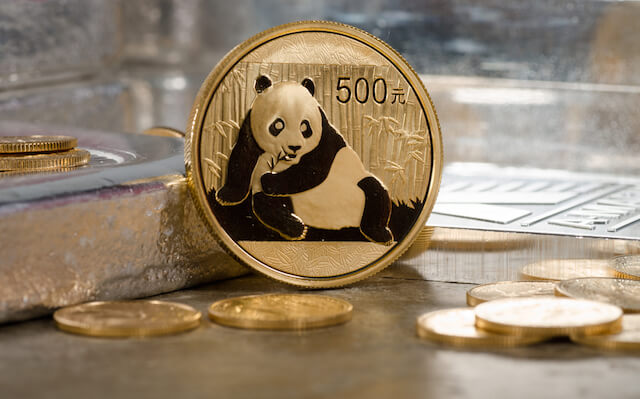
According to a recently published article by the Hard Assets Alliance Team, the current developments in the Chinese economy will have a significant impact on the future gold market—greatly altering it from what we see today.
As China has positioned itself as a dominant presence in the global market, their influence will not just impact gold investors, but instead all of those with a vested interest in the global economy, stock market and US dollar. In other words, pretty much all of us.
So what are these trends in China exactly?
Trends in China # 1: China now participates officially in the gold price fix
Historically, the London Bullion Market Association (LBMA) was in charge of gold fixing. As of recent, however, China has started its own pricing benchmark and officially established a daily yuan price fix for gold.
This new gold benchmark is set to more effectively reflect the local market flow, reduce gold’s dependency on the US dollar, greatly increase China’s influence over the gold price and inflate the yuan’s role as a global currency.
Trends in China #2: China also now participates in the silver price fix, too
Recently, the China Construction Bank, one of the countries largest, has joined the group of banks, which set silver’s official daily price. This means that China will now have a direct influence on the price of this precious metal, which is increasingly being used for industrial purposes along with its traditional monetary role.
According to the authors, these moves make perfect sense, as the East (India, Russia, Turkey and China) is home to some of the world’s top gold and silver consumers.
Trends in China #3: The renminbi is included in the IMF basket
China’s official currency, the renminbi, will now be included along with the dollar, euro, pound sterling and yen when calculating the value of Special Drawing Rights (SDRs).
From this, there are a few implications: (1) in the long-term future, the yuan may become as recognizable as the dollar or euro; (2) China must accumulate enough bullion reserves to hold strong on the world stage.
To this date, China does not have enough reserves, which means that they must buy more gold: a lot of it. At the same time, many analysts believe that China is holding more than the official recently reported amount of 1,797.5 tonnes.
Trends in China #4: Chinese gold production is not immune to global decline
Even though China produces more gold than any other country worldwide, mine production as been increasingly decreasing. China also doesn’t export a significant amount of gold, meaning that what is produced there typically stays there and will not make it to world markets or be able to meet global demand.
Trends in China #5: Lack of alternatives for Chinese investors
According to a recent interview with hedge fund manager Dan Tapiero:
“Chinese investors will be increasingly attracted to gold because they won’t want their savings at a zero percent interest rate”.
Other alternatives such as debt yields, corporate debt, the stock market and real estate do not symbolize options, either.
In addition, Chinese savers face a great risk to a deviation of their currency. Fears have provoked a massive capital outflow from both the currency and country, in which part is being directed towards gold.
